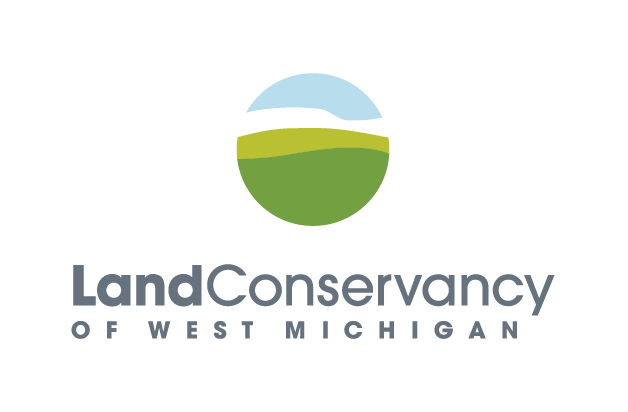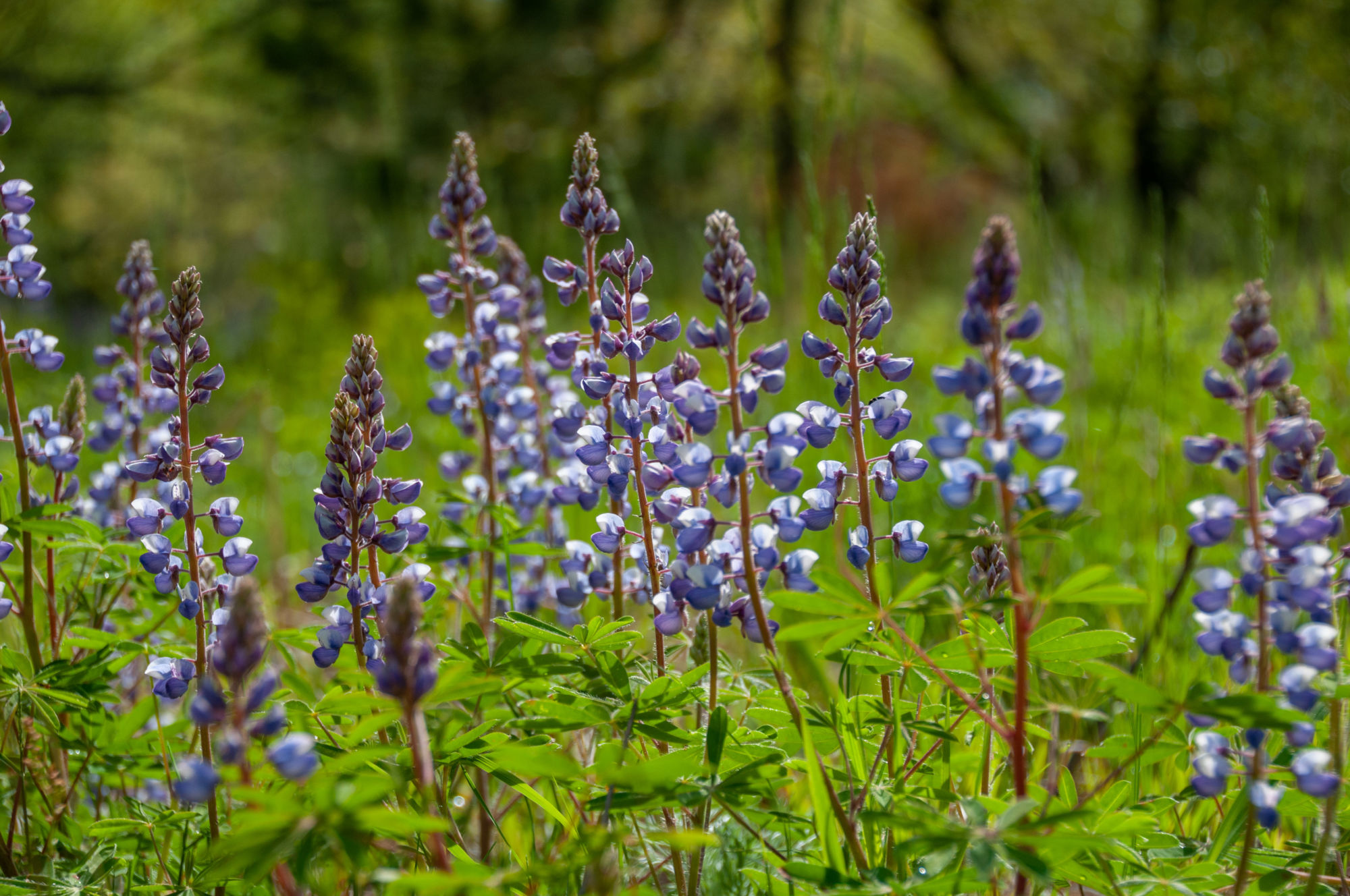
Spring’s Earliest Bloomer
The following is a guest post from Maisie Wiler, a student at Grand Valley State University studying Natural Resources Management and Writing. She is an avid hiker, cyclist, gardener, and hobby photographer.
By Maisie Wiler
Take an early spring hike through Minnie Skwarek Nature Preserve and you are likely to see the mottled, purplish spathes of skunk cabbage, Symplocarpus foetidus, poking through the snow and ice. This incredible perennial plant, a relative of the peace lily and calla lily, is one of the first to bloom in spring. As with any plant or animal, the traits and life history of skunk cabbage reflect adaptations to its environment. How, then, is this plant able to exploit its niche such that it is the first wetland flower to bloom in spring?
…and why is it deserving of such a stinky, unflattering moniker?
First, let us go back to our roots. Skunk cabbage has a remarkably deep and extensive fibrous root system, much taller and wider than the plant itself. Craig Holdrege, Director of the Nature Institute of New York, claims that “it’s virtually impossible to dig a plant out of the ground. [He’s tried.]” Skunk cabbage uses this deep and stretching root system as an energy reserve. As early as February, the plant will begin to direct the starches stored in its roots into its apical meristem, from which a shoot and flower will later emerge. Such is how the skunk cabbage literally melts frozen soil. As the shoot and flower bud consume starches drawn up from the roots, the plant generates heat—and a respectable amount of heat, at that. Some say a skunk cabbage flower can reach temperatures up to 70 degrees Fahrenheit.
Now we know the physiological reason for why skunk cabbage is the first to bloom in spring, but any good evolutionary biologist knows to ask why an organism would spend so much energy if a simpler, less expensive strategy is possible. Skunk cabbage could, of course, emerge and bloom after the snow melts. So why doesn’t it?
Consider the general morphology of skunk cabbage. Consider its leaves, which emerge significantly later than the flowers. (This is an opposite life history to almost all annual and most perennial plants, which leaf before spending energy on reproductive structures.) When fully grown, skunk cabbage is low and shrubby, and its leaves, while large, are watery, short-lived, and quick to decay. By midsummer, the plant is rapidly outgrown by taller members of the wetland ecosystem. Its access to sunlight is greatly restricted. What, then, is an herbaceous plant to do? It cannot compete with broad-leaved trees many stories tall. But wait—that’s it! The best strategy is not to compete at all.
For two reasons, skunk cabbage evolved to be the first to bloom in spring. Firstly, it spends its precious energy reserves to collect as much sunlight as possible before the broadleaf canopy above has an opportunity to close. Secondly, it flowers before leafing to ensure its reproductive success. Being an early bloomer ensures access to pollinators.
But, hey, what about those pollinators? Who has the misfortune of pollinating a plant so smelly, it earned the species epithet foetidus, from the Latin root for “fetid?”
Skunk cabbage’s offensive odor is but another means of exploiting its ecological niche. The unique and clustered flowers of skunk cabbage, borne on a ball-like structure called a spadix, are pollinated primarily by flies and carrion beetles. Such insects love stinky scents and readily seek out rotting meat. How lucky for the flies and carrion beetles, then, that the leaves and flowers of skunk cabbage emit a truly foul odor. The pollinator insects will visit many flowers, eating their fill of that protein-rich and foul-smelling pollen, transferring pollen grains spadix to spadix—and the life cycle of skunk cabbage begins anew.
So take a wetland walk this spring. See (and smell!) the skunk cabbage. Though you may turn up your nose at this stinky wetland fellow, remember and admire this manifest lesson in evolutionary biology. Nature is not all bright blooms and sweet smells… Sometimes, we ought to respect the uglier and fouler members of the nature nearby.
Sources: Holdrege, Craig. “Skunk Cabbage (Symplocarpus foetidus).” In Context #4. Fall, 2000.






Annette Byers
Very nice article! Minnie Swarek is indeed the place to see Skunk Cabbage!!
chris muldoon
I enjoyed the very informative article, and I especially liked your last line: “Sometimes, we ought to respect the uglier and fouler members of the nature nearby.”
These days, the world certainly needs to tolerate, or better yet, to appreciate all aspects of nature, all forms of life.
Pete Murdoch
Maisie – very interesting and informative article. Thank you!
Natalie Hockamier
Nice article, thanks!
Lynn Sagar
Very interesting article. I enjoyed learning about this — I have a greater appreciation for skunk cabbage!